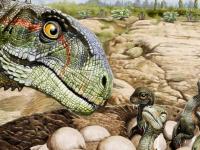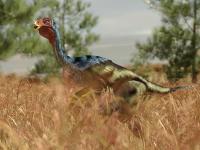13 Things That Could Happen If Dinosaurs Were Still Alive
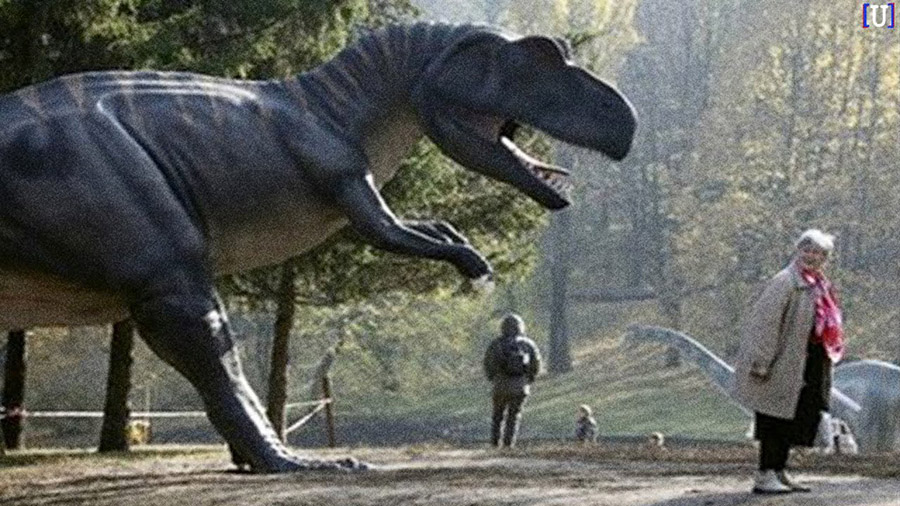
How different would our world be if “terrible lizards” were still among us?
Well, for starters, they are
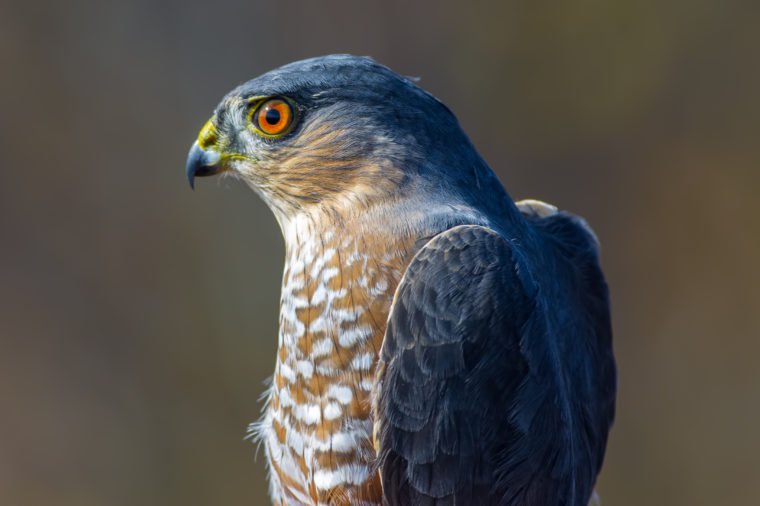
That’s right, dinosaurs do still exist, and they are everywhere—in the form of birds. That adorable little sparrow on your windowsill? Dinosaur. The noisy blue jay disturbing your morning coffee? Dinosaur. Pigeons, geese, hawks, you name it—they’re all descendants of large, two-legged, non-avian dinosaurs called theropods. Theropods, “whose members include the towering Tyrannosaurus rex and the smaller velociraptors,” according to Scientific American, adapted certain existing dino features (like feathers) into the birds we see today. Dinosaur extinction is just one myth scientists wish people would unlearn.
We wouldn’t have recognized them
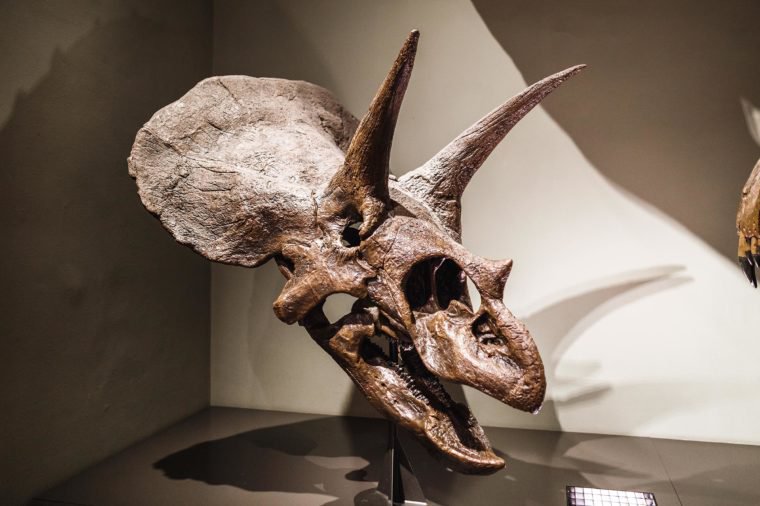
Say that species-extinction asteroid hadn’t hit Mexico 66 million years ago and life on Earth had continued apace. Well-known dinosaurs like the Triceratops “would be totally different than anything we know from the fossil record,” science writer Brian Switek wrote in The Guardian. Why? They, too, would have continued to adapt. “There might even be new groups of dinosaurs that didn’t exist during the Mesozoic era. The present Earth wouldn’t be a hodgepodge of old favorites, but an entirely different mix of unknown dinosaurs,” wrote Switek. But even extinct dinosaurs looked nothing like what most people believed when they were kids.
In fact, we might never have seen them at all
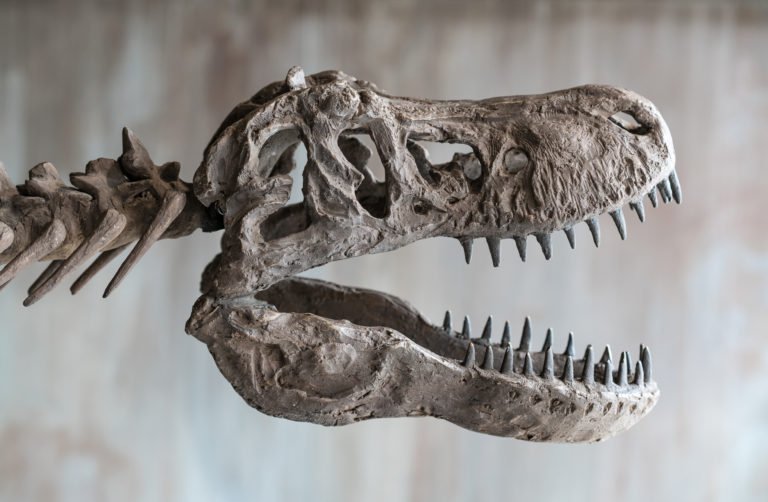
Why? It’s likely that, with a preponderance of dinosaurs remaining on our planet, humans and many other mammals would not have had the chance to evolve into existence. “Even though mammals thrived in the shadow of the dinosaurs, they did so at small size,” writes Switek. “And even though the very first primates had evolved by the end of the dinosaurian reign, they had more in common with a tree shrew than with you or me…[dinosaurs] would have undoubtedly continued to influence mammalian evolution.”
It would not look like Jurassic Park

The movie took a lot of liberties with the possible, wrote biologist Ben Waggoner in Forbes. “Dilophosaurus, the critter that spit poison in Wayne Knight’s face, lived about 120 million years and 6000 miles away from Velociraptor, the critters that ate Bob Peck. So if all the extinct dinosaurs suddenly started roaming the Earth together at the same time … well, you’d have utter ecological chaos, as the Velociraptors discovered that their tactics for hunting Protoceratops were ineffective against unfamiliar Ankylosaurus, and Triceratops found out that it had no idea how to dodge Allosaurus.”
Part of the chaos? Dead herbivores
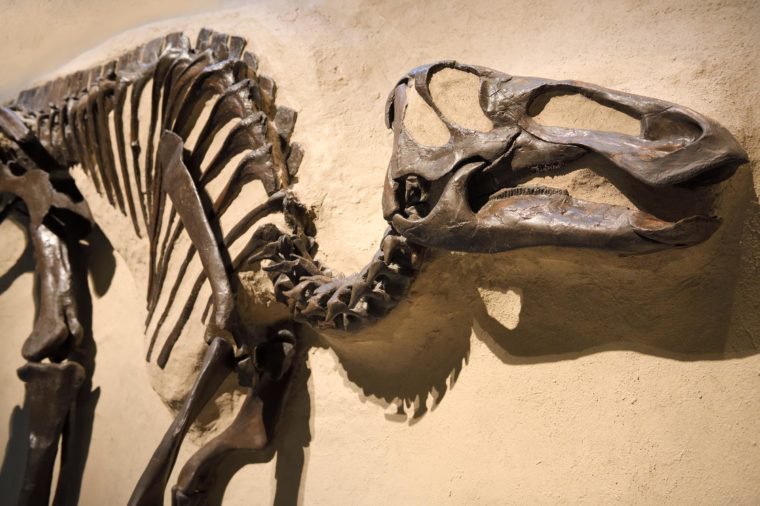
Plant eaters like Edmontosaurus, snacking on the rich diversity of flowering plants that exist today on and in our plains, prairies, and forests, would likely have gotten sick and perhaps even died from this diet. At the very least, wrote Waggoner, they might have just spent their whole lives hallucinating. The chemical makeup of modern plants isn’t anything like what dinosaur biology was meant to handle. Other, more palatable plants might have been completely decimated by the hungry (and huge) critters.
Happy times for carnivores!
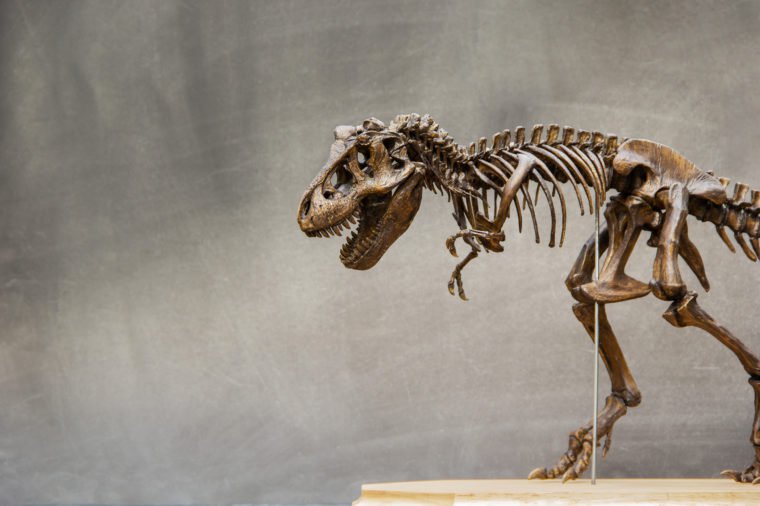
All those dead and dying herbivores lying around—poisoned by flowering grasses and other plants their systems couldn’t handle—would have presented a total feeding bonanza for Tyrannosaurus rex, for example, and other at-least-partial scavengers, according to Forbes. Easy pickings! You’ll be glad these 12 terrifying prehistoric monsters are extinct.
But that bounty would have been short-lived
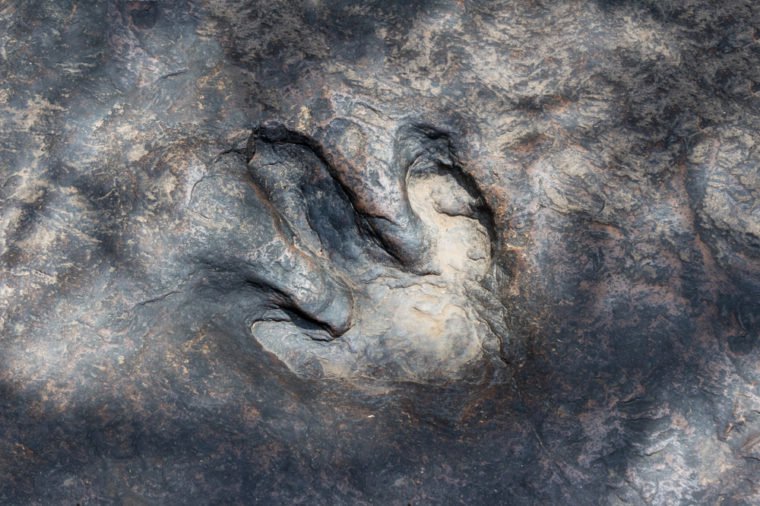
That’s because the dead animals would run out eventually. And when that happened, what would T. rex and friends eat then? “There were mammals alive at the same time and place as T. rex, but none very big—and for all we know, modern mammal flesh might be unpalatable,” wrote Waggoner. Also likely: “A T. rex that was lucky enough to find a turkey farm would probably eat the birds like so much popcorn.”
Climate change would have mixed things up
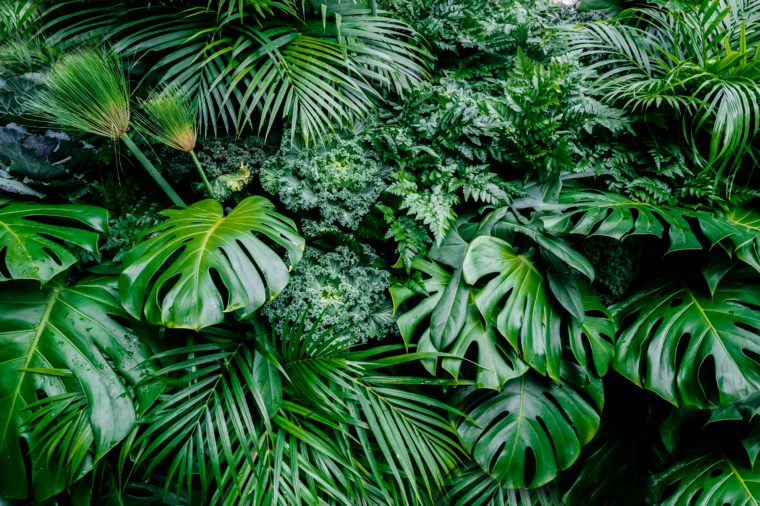
“An event known as the Paleocene-Eocene Thermal Maximum, 55 million years ago, saw average global temperatures reach 8 [degrees] C hotter than today, and rainforests spanning much of the planet,” according to BBC Future. “In this hothouse world with abundant vegetation, perhaps many long-necked sauropods might have grown more rapidly, breeding at a younger age and shrinking in size; several ‘dwarf’ sauropods (some little bigger than a cow) were already known from European islands in the late Cretaceous.”
So would fruit
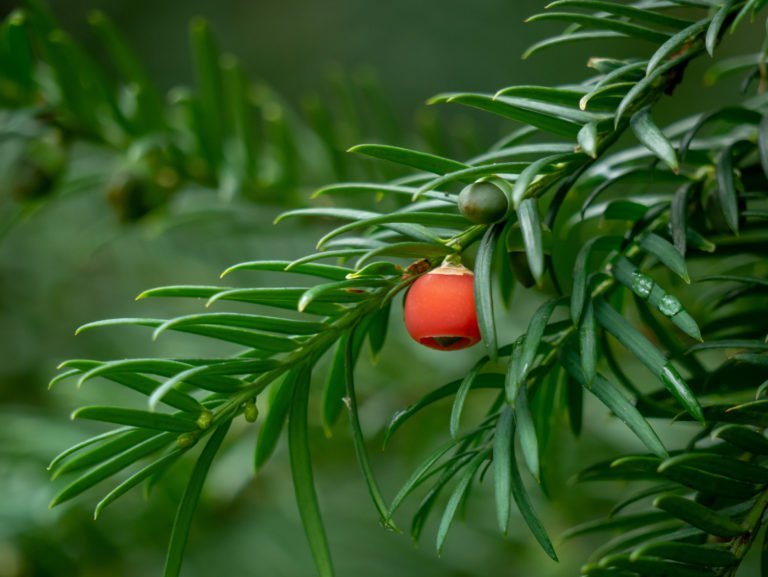
Many modern birds have adapted to eating fruit and drinking the nectar of our numerous flowering plants—in fact, these things co-evolved so that birds would disperse the plants’ seeds. Some non-bird vegetarian dinosaurs could have developed this ability as well. Some or all may have grown into gradually smaller animals thanks to the relative ease of digestion of fruits and flowering plants compared to the gymnosperms of the Cretaceous, paleontologist Matt Bonnan told BBC Future. Dinosaurs aren’t the only thing to have gone extinct—here are 16 animals that have gone the way of the dodo in the past 200 years.
Adapting to grasslands
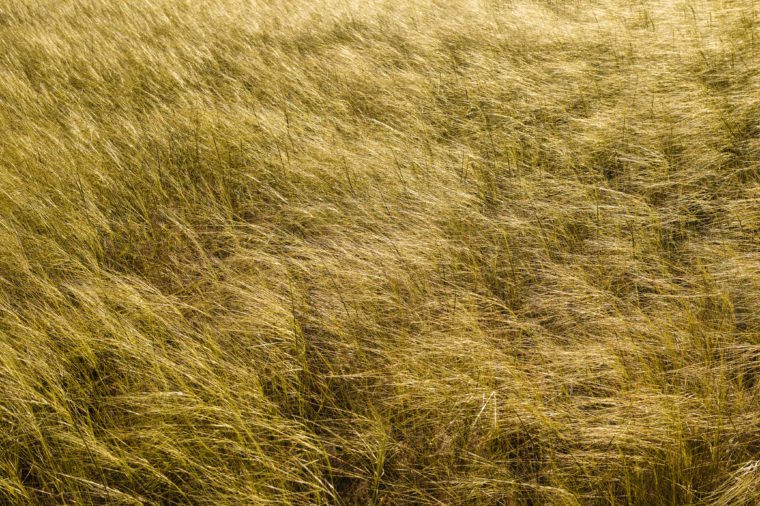
In the absence of dinosaurs, mammals evolved—slowly—to have the ability to eat grassland plants. Vertebrate paleontologist Darren Naish speculated that surviving dinosaurs would have evolved much quicker thanks to evolutionary advantages they’d already developed, like the “batteries” of up to 1,000 teeth that hadrosaurs had in their jaws, which would have been extremely well-suited to grinding grass.
Physical changes…
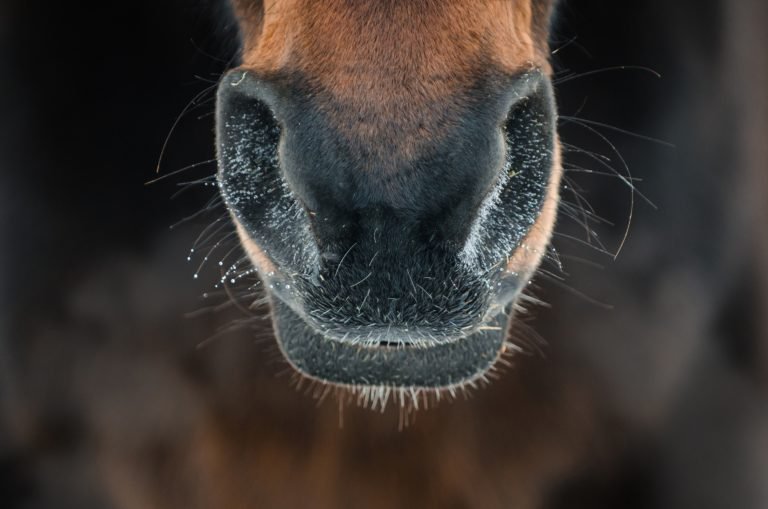
…to the heads and bodies of these grass munchers would eventually have evolved. As BBC Future pointed out, “Horses and cows have flattened muzzles useful for cropping tough, low-lying vegetation.” Grass-eating, duck-billed dinosaurs might have developed squared-off snouts, and “sauropod necks might have shortened to aid grazing at their feet.”
Dinos that burrow?
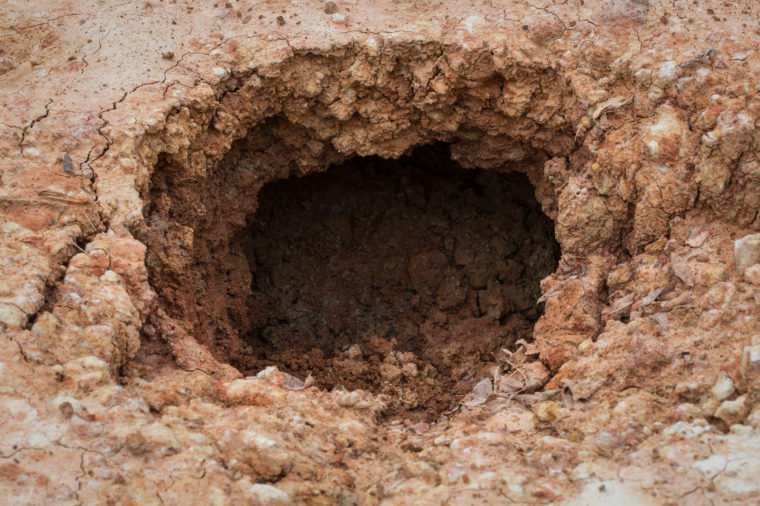
“It’s odd that dinosaurs didn’t really [burrow], as it’s a common way of life among lizards and snakes,” paleontologist Paul Barrett told BBC Future. “Given more time, some dinosaurs might have become subterranean specialists—the scaly or feathery equivalent of mammalian moles,” the article notes.
Furry…but probably still not cuddly
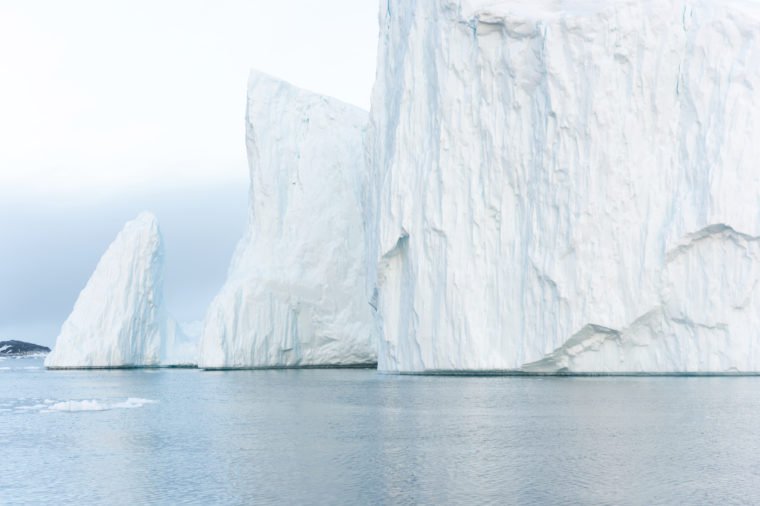
Some dinosaurs before the asteroid hit were living up above the Arctic Circle, in conditions that were considerably warmer than what was to come with various ice ages over the millennia. Naish wonders if some of them would have developed “thick and elaborate pelts, covered in fuzz and feathers all the way down to the tips of their toes and tails.” A woolly T. rex?
Source: www.rd.com





